Text
Ejercicios de matemáticas
Integrantes:
Elsner Fernández
Dereck Tijerino
José Antonio Baca
Luis Fernando Morales

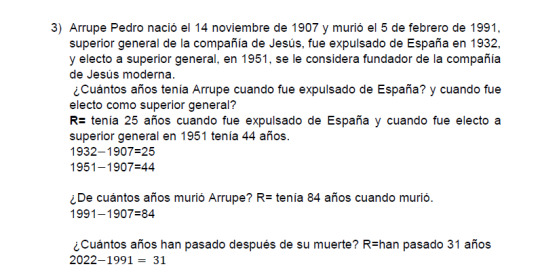
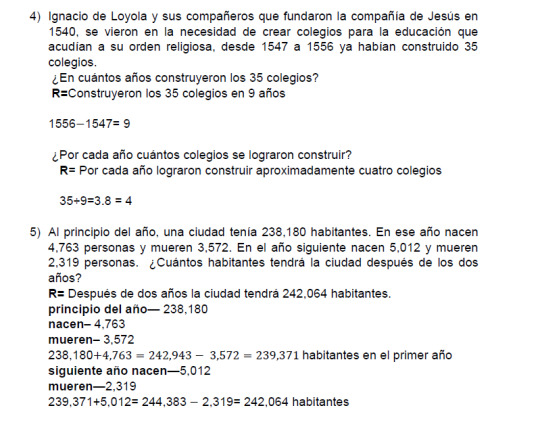
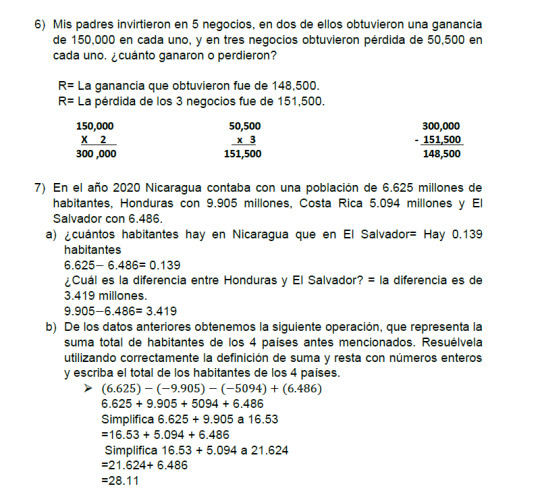

0 notes
Text
Paragraphs about Nicaragua
Students:
Elsner Fernández
Dereck Tijerino
José Antonio Baca
Luis Fernando Morales
First paragraph following the structure of page 71
Nicaragua is a beautiful country in the center of America, it is a country between the Atlantic Ocean in the west and the Pacific Ocean and the Caribbean Sea in the east, our nears neighbors are Honduras in the north, and in the south with Costa Rica, Another important fact is that the population of Nicaragua is approximately about 6,500 million. There is just one official language but also some people in the Caribbean coast and other parts of the country, they speak in different dialects like Miskito, Mayagna, and something called ingles creole. The capital city is Managua and the flag is white with blue. The special about Nicaragua are its beaches in the pacific and the Caribbean, its lakes and volcanos, and the beautiful people.
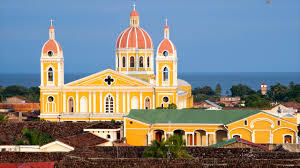
The second paragraph following the structure of page 70
Nicaragua.
Nicaragua is located in central America, it´s a beautiful country, there are a lot of lakes and mountains and volcanos, also beaches, with abundance of tropical birds, its landscapes are wonderful, the lakes Cocibolca and Xolotlán are the most representatives of de country. The Cocibolca is a lake of sweet water with an extension of 8,264 km², is one of the biggest of Central America. The volcanos are also an attractive point, there are active an inactive, also extinct. The Cerro negro volcano is very visited because the tourists can practice sandboarding there. In my country we can find places to take the best vacation in your life, much people from other countries come here, to spend time in the beaches, islands and colonial cities. The bigger city in Nicaragua for its geographic position is Jinotega and one of the most visited is Granada, and also Leon city. In our country we can enjoy all its cultural attractions and amazing landscapes.
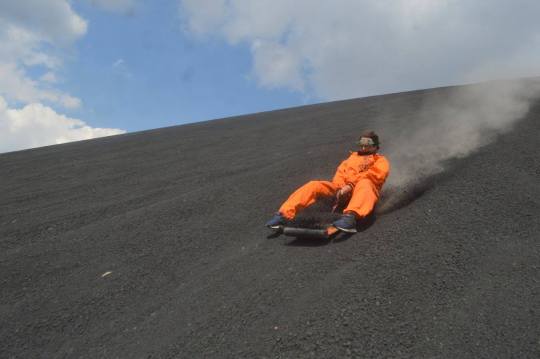
0 notes
Text
Social Essay: Indigenous Groups of Nicaragua
7th grade a
Students:
Elsner Fernández
Jose Antonio Baca
Luis Fernando Morales
Dereck Tijerino
Introduction
Nicaragua is a multiethnic country, that is to say, coexist with some ethnic groups who share certain cultural traits, most of them we do not know in depth, each one with a variety of origins and customs that provide the colorful that characterizes the Nicaraguan population.
In this essay, we are going to talk about theories related to the Nicaraguan ethnic population, its origins, classification and where they are geographically located, also its customs and cultural expressions.
is worth mentioning that, like nicaraguans to have knowledge about this topic, is really important because to be multiethnic enrich our information, we can learn and adapt to other customs,languages,cultures,gastronomy,values,practices and wisdom for the benefit of humanity and the planet.
Body paragraphs.
Before the Spanish came to Nicaragua there were groups: Nicaraos and the Matagalpas. With the arrival, the spanish and the black people mixed, giving rise to new population groups and miscegenation.
It is considered that the mestizo population of Nicaragua has 58% european genes, 29% indigenous genes and 13% african genes. It is also known that asians also migrated to Nicaragua and therefore there are mestizos with these genes.
According to the map of the indigenous regions in nicaragua, made by the university of the autonomous region of the caribbean and the atlantic coast of Nicaragua (URACCAN) and other author, actually exist 10 ethnics groups, These populations are located in three regions of the country:
Pacific Coast, Center and North (indigenous peoples): Here are the Xiú or Sutiaba ethnic groups; Nahoas-Nicarao; Chorotegas- Nahuas - Mangues and Cacaopera - Matagalpa.
Caribbean Coast: Six of the ethnic groups are located in this area: The ethnic groups are: Rama; Mayangna-Sumu; Miskito; Garifuna; Mestizo and Creole. Later, Afro-descendant populations will be addressed.
Nicaraguan ethnic groups are classified into:
Chorotegas: The Chorotegas is an ethnic group from Nicaragua that is located in Chinandega, Madriz, Nueva Segovia, Jinotega and Masaya.
It is known that it is the most numerous indigenous people in Nicaragua, the language is Spanish and Chorotega, its religion is Catholicism.
The Chorotegas are a cross-border people that inhabit Costa Rica, Honduras and Nicaragua. Also called Mange, Cholultecas, Dirián and Orotina. It covers the Indigenous Peoples of Totogalpa, San Lucas, Cusmapa, Telpaneca and Mozonte. This ethnic group is related to the Mangues and Chiapas,
The VIII Population Census (2005) indicates that the Chorotegas are made up of around 46,002 people. According to the ILO (2006) there are 166,000 people. The Chorotegas consider that these figures are not real, and affirm that their town is made up of 210,000 people in Nicaragua. « As indigenous peoples, for thousands of years we have built civilizations based on balance and harmony between human beings and Mother Nature. Today we offer our values, our ancestral practices and knowledge to save the planet” Dominga Pérez Videa (2010). Chorotega leader.
Matagalpas: This ethnic group, as its name indicates, is located in the department of Matagalpa, this is in the north of Nicaragua. This is one of the many towns of Matagalpas that exist, they maintained wars with the Chontales and made incursions into their towns .
They are known as archer Indians in defense of their rights, lands and beliefs, that is why the arrow and the bow is a symbol in this region, it is one of the most important in Nicaraguan development.
Mayangnas: This ethnic group is an indigenous people that is located in Jinotega and in the autonomous regions of the Caribbean. They are located in the vicinity of the Cocos and Patuca rivers on the border of Honduras and the Grande de Matagalpa river.
It is known as a simple town, hunters and gatherers. Their habitat is in the mountains, rivers and jungle. The language of the Mayagneas is Sumo.
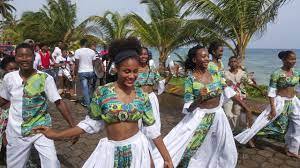
Misquitos: This indigenous group is an ethnic group from Central America, they are of mixed African-American and English race.
Its presence lies in the departments of the autonomous region of the North Caribbean Coast, near the Coco River.Their native language belongs to the Misumalpa family of languages. Their ctivities are fishing and diving.
Their territory, stretching from Cabo Camarón in Honduras to farther south on the Río Grande de Matagalpa in Nicaragua, remained isolated from conquest.
The Miskitos speak Miskito, Miskito Creole, English, Spanish and most are Christians. They are linked to the following ethnic groups: Afro-Caribbean, Garífuna, Mayangna, Sumu, Zambo misquito.
The origin of the Miskitos as an ethnic group is unclear. The Miskitos themselves and many scholars consider that they have always been Miskitos. Some authors agree that the Miskito people emerged in the 17th century from a social and biological mixture of Bawinkas, Tawahkas (Sumu), Africans, and Europeans.
Nicarao: His presence lies in rivas Isthmus and Ometepe island. Nicaraos have approximately 70,000 in habitants, their basic food was rice, bean, sugar and oil.
Ramas: It is an in digenous people located in the autonomous region of south caribbean coast, mainly bluefields, approximately its population is cubout 2000 individuals.
Its activity is artisanal fishing, they grow banana, cocoa, corn, aut coconut. They live in collective houses like shacks, nearly to the coast.
Sutiabas: This ethnic group is descendant of Maribios tribes. This Town was subdued during the XVI century with the Spaniards an iud to our lands, subsequently this town transferred having security and freedom. They settled in lion, mainly and its population is about 49,00
Afro-descendants groups: Afro Descendants population from Nicaragua is integrated for creoles and garifuro.
Creoles live in south Caribbean Autonomous region,near laguna de perlas, Bluefields and monkey point.
This group was created because of mixed race, between black people, chinese people and english people that arrived to the Caribbean coast. Its population is about 43,000
By your side,garifuna located in the south Caribbean Autonomous region nearly to laguna de perlas, corn Island and bluefields. Its origin is the fusion between black people and natives coming from Caribbean.
Cultural Characteristics:
Nicaragua people has cultural Characteristics like dance, ways of life and religion.
Mongrels: Mixed people used to practice a dancing calle la gigantona and her big-headed dwarf, which still exists since colonial period.
The dance symbolizes the dancing between a spaniard woman (giantess) and a mixed person ( big-headed dwarf), due to that mixed people got married with white women even without consent, to get a better social position.
They worked to craftsmanship,trading,and hard work, accordins to spaniards, mixed people was not trust worthy because of their skin color. Nicaragua is a multiethnic country, coexists various ethnic groups that share certain cultural features.
The indigenous groups of Masaya are usually spanish and mestizos, they do folk dances, marches and banquets, they practice a costume called the bed of Christ, they use crosses painted green or light blue, with the name of a Saint to whom the cross is dedicated. The owners of the crosses celebrate the Saint with special foods, like nacatamales and chilate. Some typical dances, marimba music, theater, among others, originated in the indigenous group of Masaya.
The Ramas that live in the caribbean, have a lifestyle dedicated to fishing, hunting and agriculture, a big part of their activities, not to say the majority, they practice them in the water, in places like, rivers or lagoons, also they have their own language although it is disappearing.
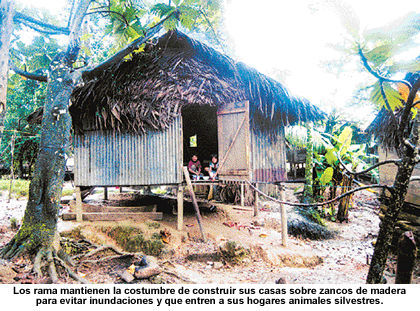
The Miskitos, they are of afro american descendant, they believe in gods that are elements of the nature, like the sun, the moon, lightnin, among others natural phenomena, of who think they once inhabited the earth as humans, although they also believe in the gospel and the cristianity, they used to do dances and parties praying to their gods.
The traditional Miskito society is constituted by a clear political structure. There was a king but he did not have all the power. Power was divided between himself, a governor, a general, and during the 1750s, an admiral. This maintained its independence during spaniards rule and the united provinces of central america. Even though they were included in Nicaragua on 1894. Spanish settlers began arriving in Miskito lands in 1787, although the Miskito still dominated the region due to their superior numbers and military experience.
Characteristic
Nicaraos also known as Náhuas, Niquiranos. When they arrived in Nicaragua in 3 moments back in the 12th and 15th the first waves of the exodus came from Ticomega and Maguateca, 2 nearby towns are Mexico and Cholula.
Sutiabas Also called Maribios, they are linguistically identified as the Hokano group from California. They came in the 11th century, when they settled in Chinandega and León, with a territory known as Sutiabas.
Matagalpas, Chontal-Matalgapa or Cacaoperas, are linked with groups that came from the north and south of the continent. It is not known exactly when they came to our lands.
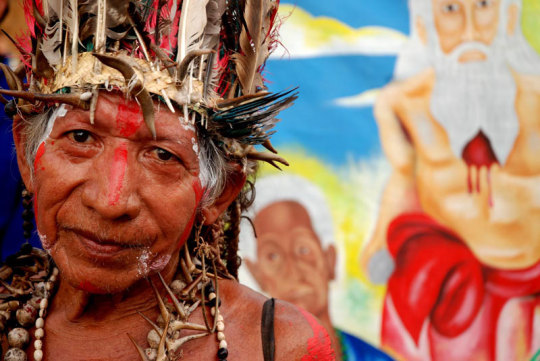
Chorotegas Their language was Mangué, they were the first to come to Nicaragua from Mexico in various migratory episodes from more or less the 7th to the 15th centuries. These are known to be the most numerous of all known immigrants. According to Incer Barquero (1998:126) toponyms with similar etymological roots were found both in Nicaragua and in the Sierra Madre de Chiapas, which supports the hypothesis that the Chorotegas originate from southern Mexico. When the Spaniards came, the Chorotegas were divided into 2 groups: The Nagrandanos and the Dirianes. The main villages were Nagarote, Mateares, Managua, Tipitapa, Nindirí, Masaya Jalteba, Mombacho, Diriomo, Diriamba, Niquinohomo, Masatepe and Nandaime.
Conclusions
Finally,we can say that mixed races from Nicaragua originates due to the mixture of different ethnic groups coming from another areas during colonial period and in some cases do not have the certainty of its true origins, but mainly these mixtures between spaniards, english and afro descendants with indigenous people this diversity of ethnic group allows a greater wealth and variety of customs, language, religions and life forms.
We can stand out the importance that these knowledges have to the
Citizens of our origins and indigenas groups that in present times keep roote their customs and beliefs, we can perceive that maintain a way of life completely different to ours and at the same time the value that these have for our country.
0 notes
Text
Microtareas en Formación Cristiana.
Estudiantes:
José Antonio Baca
Luis Fernando Morales
Dereck Tijerino
Elsner Fernandez
1. Mapa de Centroamérica y las obras apostólicas en las que está la compañía de Jesús y su misión como obra social.


2.Aprendizajes obtenidos en este trabajo interdisciplinar.
No fue una tarea fácil porque no entendíamos qué debíamos entregar, cómo ni cuándo, estábamos muy confundidos. Al inicio no nos coordinábamos y no éramos responsables, pero con el apoyo de nuestras mamás aprendimos a comunicarnos y a delegarnos tareas entre nosotros y cumplirlas. Aprendimos a mejorar como equipo y a organizarnos el trabajo para hacerlo con mayor facilidad y eficiencia.
3. Valores que pusimos en la campaña escolar.

0 notes
Text
English homework: Top 5
Students:
José Antonio Baca
Luis Fernando Morales
Dereck Tijerino
Elsner Fernandez
1. The 5 largest desert in the world
Artantic desert (13,829,430 km²)
Artic desert (13,726,937 km²)
Sahara desert (9,065,253 km²)
Arabian desert (2,300,000 km²)
Deserts of Australia (1,371,000 km²)
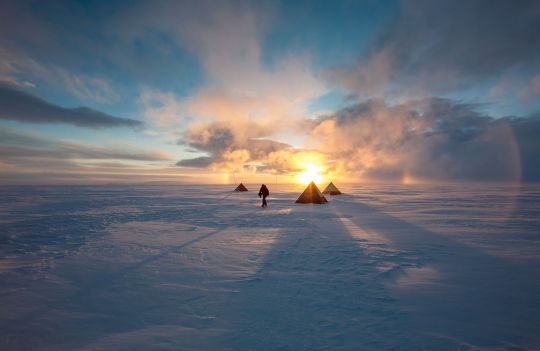
2. The higgest mountains in the world
Mountain monte Everest (8.848,86 m)
Mountain K2, Karakórum ( 8.611 m)
Mountain Kanchenjunga (8.586 m)
Mountain Lhotse (8.516 m)
Mountain Makalu (8.463 m)
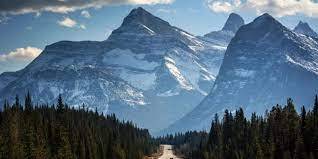
3. The 5 longest rivers in the world
Nile River (6.650 km)
Amazon River (6.400 km)
Yangtze River (6.300 km)
Mississippi river ( 3.766 km)
Yenisei river (3.487 km)
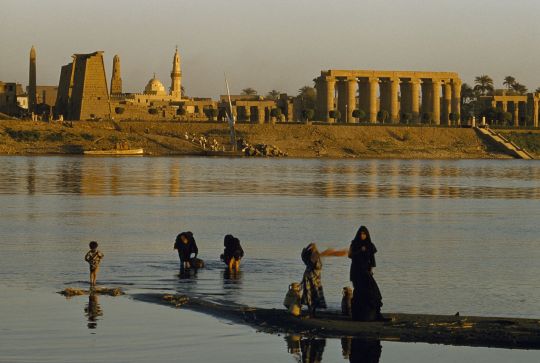
4.The 5 largest countries in the world.
Rusia — 17.098.250 km²
Canadá — 9.879.750 km²
China: 9.600.013 km²
Estados Unidos — 9.525.067 - 9.831.510 km²
Brasil — 8.515.770 km²
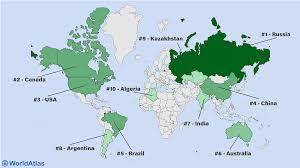
5. The smallest countries in the word
1.Vatican City (0 km² )
2.Monaco (2 km² )
3.Nauru (21 km² )
4.Tuvalu (26 km² )
5.San Marino (61 km²)
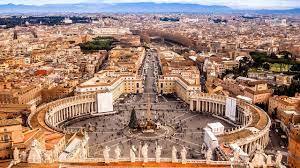
6. The 5 scariest cliff in the world
El Caminito del Rey, Malaga, Spain
Tianmen Mountain, Zhangjiajie, China
Slieve League Cliffs, Donegal, Ireland
Chang Kong Cliff Road, Huashan Mountain, China
Preikestolen, Ryfylke, Norway

7. The 5 largest lakes in the world
Caspian Sea (371,000km²)
Superior (82,100km²)
Victoria (68,870km²)
Huron (59,600km²)
Michigan (58,000km²)
8. The 5 largest forests in the world
Amazon forest (6,7 millones km²)
Tropical rainforest in Congo (700.000 km²)
New Guinea Tropical Rainforest (668.100 km²)
Tropical rainforest in Borneo (220,000 km ²)
Valdivian Rainforest (248.100 km²)

7.
0 notes
Text
Maqueta de las características físicas geográficas de Nicaragua
7to grado A.
Estudiantes:
Luis Fernando Morales
Dereck Tijerino
José Antonio Baca
Elsner Fernandez
A continuación presentamos el proceso de elaboración de una maqueta donde reflejamos qué es un valle. Un valle es una llanura que se encuentra entre varias montañas, en donde normalmente las personas habitan o trabajan.
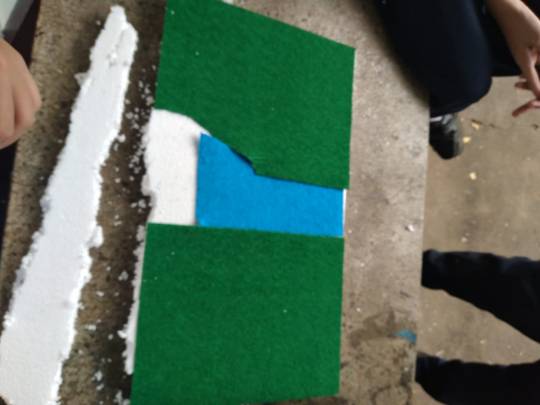
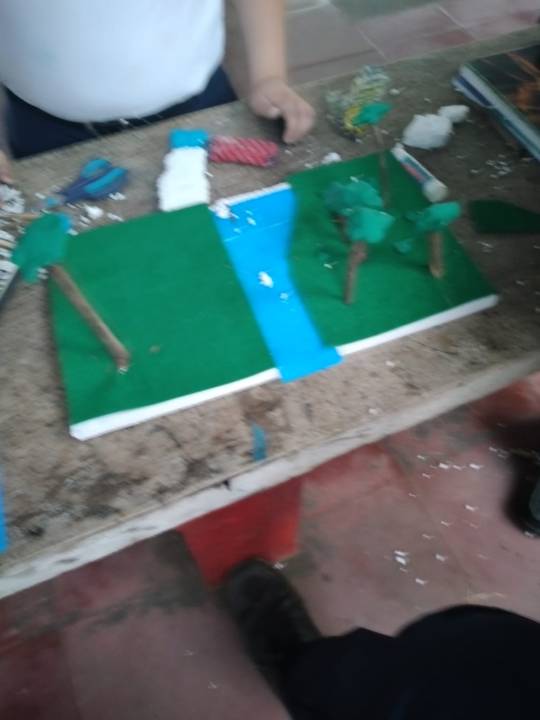
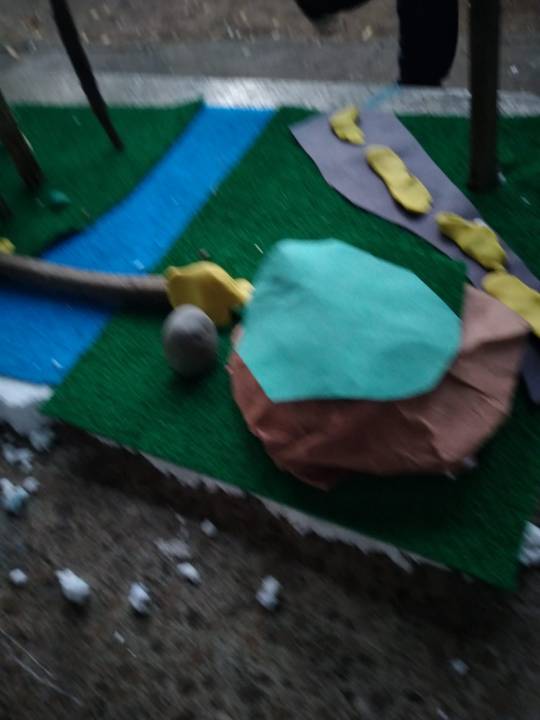
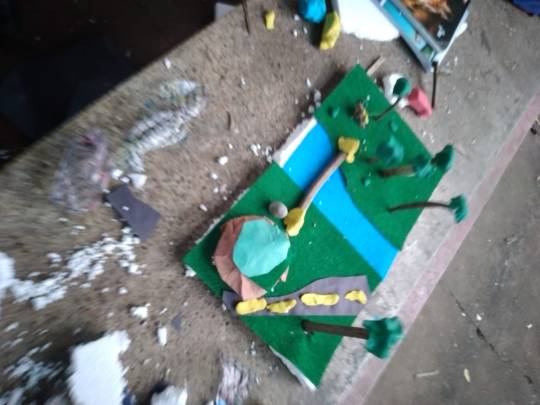
0 notes
Text
Ensayo de sociales: Grupos indígenas de Nicaragua
7to grado A.
Estudiantes:
Luis Fernando Morales
Dereck Tijerino
José Antonio Baca
Elsner Fernandez
Introducción
Nicaragua es un país multiétnico, es decir, conviven varios grupos étnicos que comparten determinados rasgos culturales, de los cuales en su mayoría no conocemos a profundidad, cada uno con costumbres y orígenes variados, que aportan lo pintoresco que caracteriza a la población nicaragüense.
En el presente ensayo, abordaremos teorías relacionadas con la población étnica nicaragüense, sus orígenes, clasificación y dónde se ubican geográficamente, así como sus costumbres y expresiones culturales.
Cabe mencionar que como nicaragüenses tener conocimiento acerca de este tema, es de gran importancia ya que ser multiétnico enriquece nuestra manera de ver la vida, aprendemos y nos adaptamos a otras costumbres, idiomas, culturas, gastronomía, valores, prácticas y sabidurías en beneficio del ser humano y del planeta.
Desarrollo
Antes de la llegada de los Españoles a Nicaragua existían los grupos Nicaraos y los Matagalpas. Con la llegada se mezclaron los Españoles y los negros, dando origen a nuevos de población y de mestizaje.
Se considera que la población mestiza de Nicaragua, tiene 58% de genes europeos, 29% de genes indígenas y 13% de africanos. De igual forma se sabe que asiáticos también migraron hacia Nicaragua y por tanto, hay mestizos con estos genes.

De acuerdo con el Mapa de Regiones Indígenas en Nicaragua, elaborado por la Universidad de las Regiones Autónomas de la Costa Caribe y del Atlántico de Nicaragua (URACCAN) y otros autores, en la actualidad existen 10 grupos étnicos. Estas poblaciones se ubican en las tres regiones del país:
Costa Pacífica, Centro y Norte (pueblos indígenas): Acá se encuentran los grupos étnicos Xiú o Sutiaba; Nahoas-Nicarao; Chorotegas- Nahuas - Mangues y Cacaopera - Matagalpa.
Costa Caribe: Seis de los grupos étnicos se ubican en esta zona: Las etnias son: Rama; Mayangna - Sumu; Miskito; Garífuna; Mestizo y Creole. Más adelante, se abordará sobre las poblaciones afrodescendientes.
Los grupos étnicos nicaragüenses se clasifican en:
Chorotegas: Los Chorotegas es un grupo étnico de Nicaragua que se ubica en Chinandega, Madriz, Nueva Segovia , Jinotega y Masaya. Se considera el pueblo indígena más numeroso en el país, hablan español y chorotega y practican el catolicismo.
Los Chorotegas son un pueblo transfronterizo que habita Costa Rica, Honduras y Nicaragua. También llamados Mange, Cholultecas, Dirián y Orotina.Abarca los Pueblos Indígenas de Totogalpa, San Lucas, Cusmapa, Telpaneca y Mozonte. A esta etnia se relaciona con los mangues y chiapaneco.
Su lengua era mangué, fueron los primeros en venir a Nicaragua desde México en varios episodios migratorios desde más o menos en los siglos VII al XV. Se sabe que estos son los más numerosos de todos los inmigrantes conocidos. Según Incer Barquero (1998:126) se encontraron toponimias de similar raíz etimológica tanto en Nicaragua como en la Sierra Madre de Chiapas, que respalda la hipótesis que los Chorotegas son originarios del Sur de México. Cuando vinieron los españoles los Chorotegas se dividieron en 2 grupos: Los nagrandanos y los dirianes. Las principales aldeas eran Nagarote, Mateares, Managua, Tipitapa, Nindirí,Masaya Jalteba, Mombacho, Diriomo, Diriamba, Niquinohomo, Masatepe y Nandaime.
El VIII Censo de Población (2005) indica que los Chorotegas están conformados por alrededor de 46.002 personas. De acuerdo a la OIT (2006) son 166.000 personas. Los Chorotegas consideran que estas cifras no son reales, y afirman que su pueblo está conformado por 210.000 personas en Nicaragua.
Matagalpas, hontal-Matalgapa o Cacaoperas, están ligados con grupos que venían del norte y del sur del continente. No se sabe con exactitud cuando vinieron a nuestras tierras.
Este grupo étnico como su nombre lo indica está ubicado en el departamento de Matagalpa, esto queda en el norte de Nicaragua. Este es uno de los tantos pueblos de Matagalpas que existen, los mantenían guerras con los Chontales y hacían incursiones a sus pueblos.
Mayangnas: Este grupo étnico es un pueblo indígena que se ubica en Jinotega y en las regiones autónomas del Caribe. Se ubican en la cercanía de los ríos Cocos y Patuca en la frontera de Honduras y el río Grande de Matagalpa.
Se le conoce como un pueblo sencillo, cazadores y recolectores. Su hábitat es en la montaña, ríos y selva. Hablan el sumo.
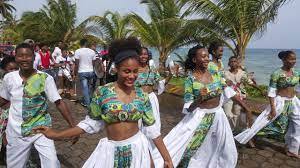
Misquitos: Este grupo indígena es un grupo étnico de Centroamérica, son de raza mixta afroamericana e inglesa. Su presencia radica en los departamentos de la región autónoma de la Costa Caribe Norte, cerca del río Coco.
Su idioma nativo pertenece a la familia de lenguas misumalpas y practican la la pesca y el buceo como forma de vida.
Ellos se ubican desde Cabo Camarón (Honduras) hasta el Río Grande de Matagalpa en Nicaragua. Ellos hablan misquito, misquito criollo, inglés, español. Ellos practican el cristianismo. Se les vincula a las siguientes etnias: Afrocaribeño, Garífuna, Mayangna, Sumu, zambo misquito.
El origen de los misquitos como grupo étnico no está claro. Los misquitos mismos y muchos estudiosos consideran que siempre han sido misquitos. Algunos autores coinciden en que el pueblo misquito surgió en el siglo XVII de una mezcla social y biológica de bawinkas, tawahkas (sumu), africanos y europeos.
Nicaraos: Se ubican en el Istmo de Rivas e Islas de Ometepe. Los Nicaraos tienen un aproximado de 70,000 habitantes, sus alimentos básicos eran el arroz, frijoles, azúcar y aceite.
Sutiabas: También llamados Maribios se les identifica lingüísticamente como el grupo hokano de california, vinieron en el siglo XI, cuando se instalaron en Chinandega y león, con un territorio conocido como sutiabas.
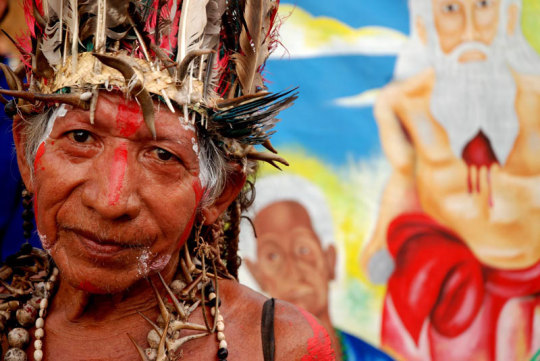
Ramas: Es un pueblo indígena ubicado en la región autónoma de la Costa Caribe Sur, principalmente en Bluefields. Practican la pesca artesanal como medio de vida, también cultivan banano, cacao, maíz y coco. Viven en casas colectivas como chozas, cerca de las costas.
Sutiabas: Este grupo ético es descendiente de las tribus los Maribios. Este pueblo fue sometido durante el siglo XVI con la llegada de los Españoles a nuestras tierras, posteriormente este pueblo se trasladó teniendo mejor seguridad y libertad. Se radica en el departamento de León principalmente y su población es de 49000 habitantes.
Grupos afrodescendientes
La poblaciones de afrodescendientes de Nicaragua están integradas por creoles y garífunas. Los creoles viven en la Región Autónoma de la Costa Caribe Sur, cerca de Laguna de Perlas, Bluefields y Monkey Point. Este grupo se creó por el mestizaje entre negros, chinos y ingleses que llegaron a la Costa Caribe. Su población asciende a alrededor de 43.000 personas.
Por su lado, los garífunas se localizan en la región Autónoma de la Costa Caribe Sur, en lugares cercanos a la laguna de perlas, en las isla maíz y en Bluefields. Su origen es la combinación entre los negros y los indigenas procedentes del Caribe.
Características culturales
La población nicaragüense posee características de cultura particulares como bailes, forma de vida y religión.
Los mestizos solían practicar un baile llamado, la gigantona con su enano cabezón, el cual existe desde la época colonial. El baile simboliza la danza entre una española (la gigantona) y un mestizo (el enano cabezón), debido a que los mestizos se casaban con mujeres blancas aun sin su consentimiento, para tener una mejor posición social. Se dedicaban a la artesanía, comercio y trabajo pesado, según los españoles los mestizos no eran confiables debido a su color de piel.
Los grupos indígenas de Masaya suelen ser españoles y mestizos, hacen bailes folclóricos, marchas y banquetes. Practican una costumbre llamada la cama de Cristo, que usa cruces de madera pintada de verde o celeste, con el nombre de un santo al que se dedica la cruz. Los dueños de las cruces festejan al santo con comidas especiales, nacatamales y chilate . en los grupos indígenas de Masaya se originaron algunos bailes típicos, música de marimba, teatro, entre otros
Los ramas que habitan en el Caribe, tienen un modo de vida dedicado a la pesca, caza y agricultura, gran parte de sus actividades por no decir la mayoría, las practican en el agua, en lugares como ríos o lagunas, también tienen su propio idioma aunque está desapareciendo.

Los misquitos, son de descendencia afroamericana, ellos creen en dioses que son elementos de la naturaleza, como el sol, la luna, rayos entre otros fenómenos naturales de los que piensan que alguna vez habitaron en la tierra como humanos. Aunque también creen en el evangelio y el cristianismo, solían hacer danzas y fiestas rezando a sus dioses.
La sociedad tradicional misquita está constituida por una estructura política clara. Existía un rey pero no tenía todo el poder. El poder se dividía entre él, un gobernador, un general, y durante la década de 1750, un almirante. Esto mantenía su independencia durante el mandato español y de las Provincias Unidas de Centroamérica. Aun así se incluyeron en Nicaragua en 1894.
Los colonos españoles llegaron por primera vez donde los Misquita en 1787, aunque los misquitos todavía dominaban la región debido a su superioridad numérica y a su experiencia militar.
Matagalpas: Se conocen como indios flecheros en defensa de sus derechos, tierras y creencias, es por eso que la fecha y el arco es un símbolo en esta región.
Conclusiones
Finalmente, se puede decir que el mestizaje de Nicaragua se origina por la mezcla de diferentes etnias que provinieron de otras zonas durante el periodo colonial, y en algunos casos no se tiene la certeza de sus verdaderos orígenes, pero, en su mayoría estas mezclas se dieron entre los españoles, ingleses y negros, con los indigenas.
Esta diversidad de etnias permite una mayor riqueza y variedad de costumbres, idiomas, religiones y formas de vida.
Podemos destacar la importancia que tienen estos conocimientos para los ciudadanos de nuestro país, ya que conociendo más acerca de nuestros orígenes y los grupos indígenas que en la actualidad mantienen arraigadas sus costumbres y creencias, podremos percibir que mantienen una forma de vida totalmente diferente a la nuestra y a su vez el valor que tienen estas para nuestro país.
Referencias
https://www.google.com/search?client=firefox-b-d&q=Caracter%C3%ADsticas+%C3%A9tnicas+de+la+poblaci%C3%B3n+nicarag%C3%BCense
https://www.resdal.org/ultimos-documentos/parte1-poblacion-nacional.pdf
https://www.territorioindigenaygobernanza.com/web/nnic_06/
https://es.wikipedia.org/wiki/Misquito
https://www.uraccan.edu.ni/
0 notes